Homemade Plant Food Tomatoes Love
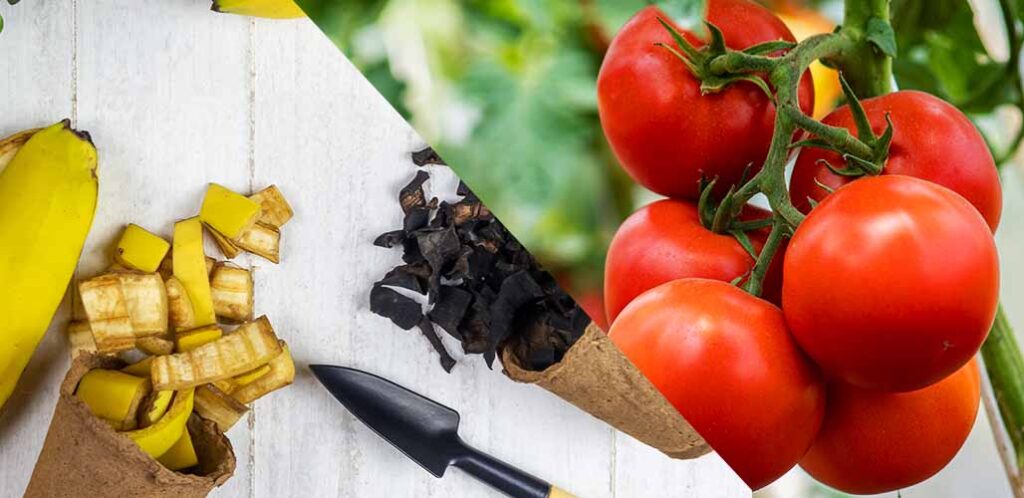
Tomatoes are notoriously greedy plants. They’ll slurp all the nutrients out of fresh compost in a matter of weeks, and need topping up with fertilizer every week after that. If you’re growing your own produce to save money in the grocery store, the extra cost of tomato feed can be enough to defeat the whole object of growing them. Making your own fertilizer is a great way to keep your costs right down. But more than that, I also think brewing up homemade plant food tomatoes love is also an enormously satisfying step closer to self sufficiency. So here are 7 of the best options, including some I’ve already tested, and some I can’t wait to try.
Contents
- Feeding your tomato vines
- Commercial vs home made tomato food
- 7 recipes for home made plant food tomatoes love
Feeding your tomato vines
Nothing beats a homegrown tomato. I’m not sure if this is despite, or because of, how much is involved in growing them for the first time. From germinating the seed, to potting on seedlings, pinching out rogue stems, watering every day and making sure they’re adequately supported – these plants keep us growers busy! And a big part of getting from seed to fruit is making sure your plant never goes hungry. Producing tresses of ripe, sweet, juicy fruit demands lots of resources from the plant. So the vines need:
- Nitrogen. All plants need nitrogen as a building block for chlorophyll. Chlorophyll is the green compound in their leaves which converts light energy from the sun into chemical energy in the form of sugars.
- Phosphorus. Phosphorus plays a vital role in cell division, so plants need it whenever they are growing.
- Potassium. Plants need potassium, or ‘potash’, to help them take up nitrogen from the soil. It is especially important for producing flowers and fruits, and regulating the ripening of fruits. Which is why when growers talk about home made plant food tomatoes love, they tend to get a bit breathless and excited about sources of potassium.
- Calcium. Tomato vines need calcium for building cell walls – without it, new cells quickly collapse and die. A common manifestation of calcium deficiency in tomatoes is the dreaded blossom end rot.
- Magnesium. Plants need adequate magnesium for all kinds of purposes. From making chlorophyll to moving other chemicals around the plant – it’s a real workhorse element in crops!
Plus other trace elements. You can make sure your toms never run short on these key ingredients by feeding them with a commercial inorganic mineral fertilizer, or a homemade organic fertilizer.
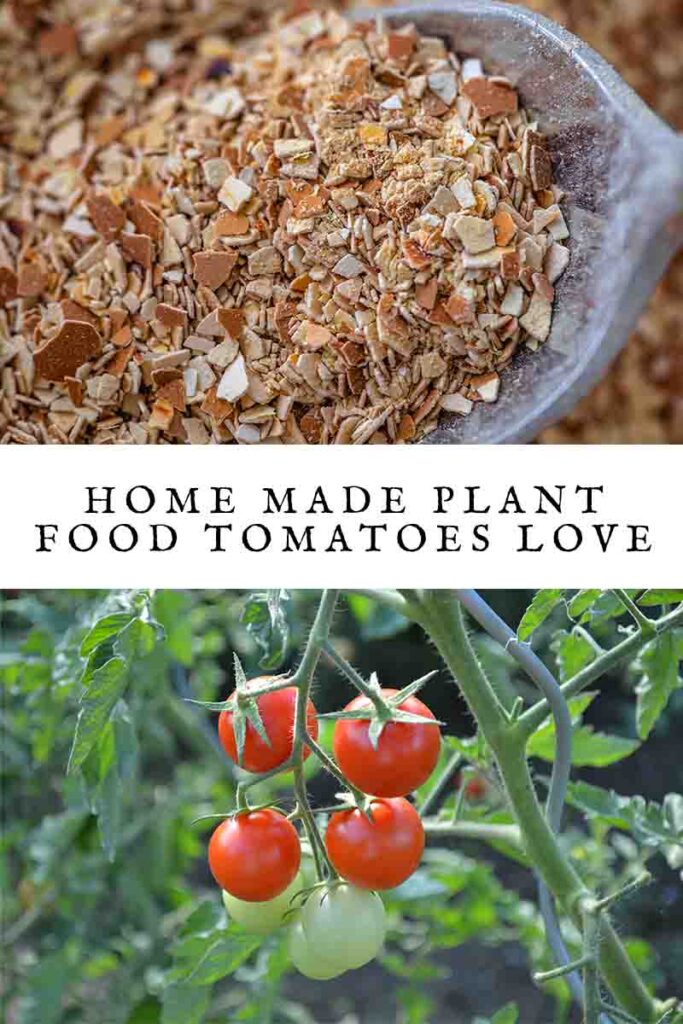
Commercial vs home made plant foods
Inorganic mineral fertilizers are the kind you usually find in stores and plant nurseries. The elements in them are mined and processed from rocks, or extracted from natural gasses, and then dissolved in water for you. The advantages of these are:
- Convenience.
- Knowing that they have exactly what your tomato plant needs with nothing missing.
- Ease of dosage.
Organic fertilizers are made by recouping the goodness from dead and decomposing plant matter. The advantages of these are:
- You can make them yourself for little or no money.
- They’re compatible with organic gardening in the chemical-free sense of the word.
- There’s a certain satisfaction about growing produce in a self-contained, self-sufficient way.
In terms of yield, some studies have found that organic fertilizers out-produce mineral fertilizers. Whilst other studies have found the opposite. So the jury is still out, and furthermore there are many other variables that affect yield anyway, such as:
- Soil pH
- Soil structure
- Water availability
- How much sunlight they get
- Cultivar
- Temperature
- Pest and diseases
7 recipes for home made plant food tomatoes love
Now without further ado, here are 7 kinds of home made plant food tomatoes love:
- Compost
- Compost tea
- Nettle tea
- Comfrey tea
- Worm tea
- Banana skins
- Manure
Compost
Home made compost is an ideal source of nutrients for your young tomato plants. You can plant your seedlings in 12” (5 gallon) pots of home made compost, or dig some of that black gold into the soil before you plant them in open ground. As well as providing food for growth, compost also provides great soil structure for healthy roots, and helps retain soil moisture. In studies, adding compost and fertilizer to soil improves yield more than adding fertilizer alone.
Even the richest home made compost will run out of nutrients before your tomatoes produce ripe fruit though, so you’ll still need to start adding fertilizer once a week once the first flowers have begun to open.
Compost tea
Compost tea is liquid plant food made by ‘brewing’ a bag of compost and other ingredients in water. It extracts the nutrients from the compost so they can be watered into established plants. But most excitingly, it also extracts beneficial microbes, and the brewing process allows these microbial populations to grow. When they are watered into the root system of a plant they aid nutrient uptake and water retention. Applied as a foliar feed (i.e. sprayed on the leaves) these microbes boost tomato plant health by occupying the leaf surface and preventing disease-causing microbes gaining a foothold. .
In trials, tomato plants treated with compost tea grow bigger, but if you don’t want to get involved in the brewing process you can buy it in a concentrated form online and in stores.
Nettle tea
Lots of home made plant foods are described as ‘teas’, simply as a reflection of the fact that they’re all home-brewed. But some are simpler than others to make, and this one is as easy as it gets. Nettles are rich in calcium, potassium and magnesium. Their flowers are a valuable early source of food for bees and other pollinators, but by mid-summer clumps of nettle plants tend to be running out of control.
Turn them into plant food by packing stems and leaves tightly into a lidded bucket, until it is about 80% full, then fill to the brim with water. Pop on the lid, and leave it for 4-6 weeks, then strain the liquid into a clean container (old soda bottles are ideal). Use it as plant food by diluting it with 9 parts water in a watering can (you can eyeball this).
Comfrey tea
Make liquid plant food from comfrey leaves in the exact same way as making nettle tea. Comfrey puts down deep roots to collect nutrients from far below the soil surface, and lots of growers think it is the most superior home made plant food tomatoes can get. But be warned – it smells terrible!
Worm tea
Don’t panic, this tea recipe doesn’t involve fermenting worms in a bucket of water! Worm tea, or vermitea, is the liquid byproduct of keeping a wormery, or worm farm composter, to turn all your kitchen peelings and old newspapers into compost. Vermicompost tea outperforms inorganic fertilizers in tomato growing trials, so if you’ve been on the fence about setting up a wormery, maybe this the last push you need to give it a go?
Banana skins
If you have even a passing interest in healthy eating, you’ve probably heard people talk admiringly about the potassium content of bananas. They’re also a good source of calcium, so it’s hardly surprising that some tomato growers swear by feeding the skins to their tomato vines! You can do this by steeping the skins in water for a week, and then draining the water into the soil around your plants. Or you can chop up the skins and bury them directly in the compost or soil. I’m not aware of any scientific trial to test how well either of these feeding ideas work, but I eat a banana every day and I’m definitely going to conduct my own trials this summer!
Manure
Finally, mulching with manure. Or, digging manure into the soil a few weeks before planting out your tomatoes. I’ve saved this one until last because I’m not expecting everyone to agree that this counts as a home made plant food! But bear with me, because I’m not just thinking about horse dung here. If you have guinea pigs, rabbits or even chickens at home, they’re producing manure for you all the time!
Guinea pig and rabbit droppings are rich in nitrogen and phosphorus, and you can transfer them straight from hutch to vegetable bed. Chicken manure is also rich in plant nutrients, but in its raw form it also contains urea which can burn tomato vines. So put it onto the compost heap to break down before using it. Home grown manures like these are great for helping young plants get established and grow leaves, but they’re not high in potassium. So when your tomato plants start to flower, you’ll need to switch to one of the other home made plant foods on this list.
Home made plant food for tomatoes – summary
Tomatoes need a lot of plant food over the course of the growing season, and there are lots of ways of making it at home. Lots of home made plant foods rival commercial inorganic foods in growing trials, so if you have even a passing interest in brewing your own fertilizers, I definitely think it’s worth a go. Whether you keep it simple with a bucket of nettle tea behind the shed, or dive into the fascinating business of vermiculture, let us know how you get on in the comments box down below!

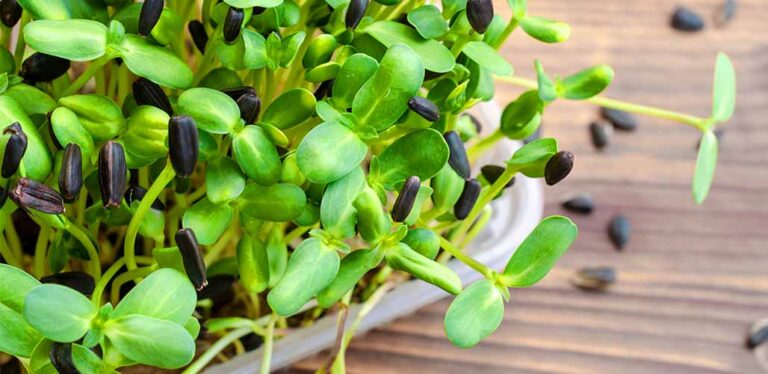
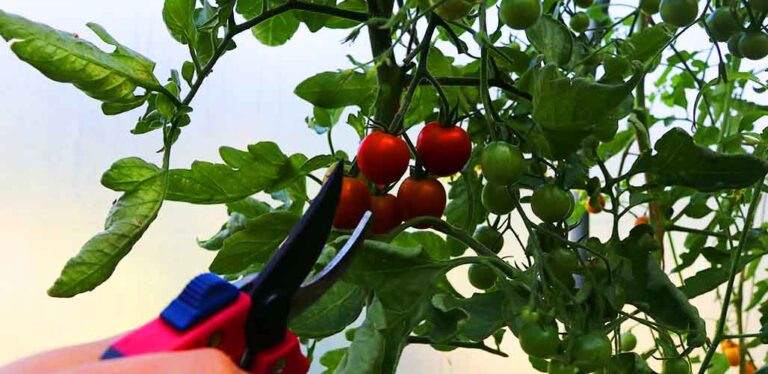
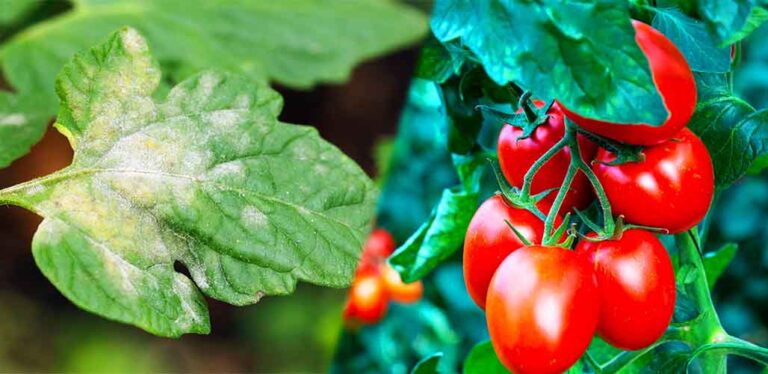
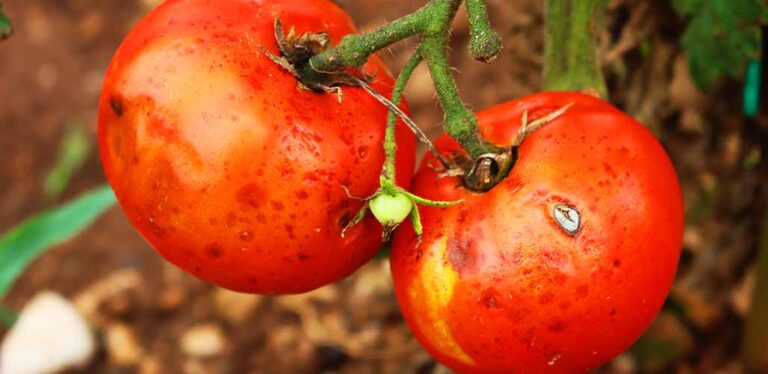
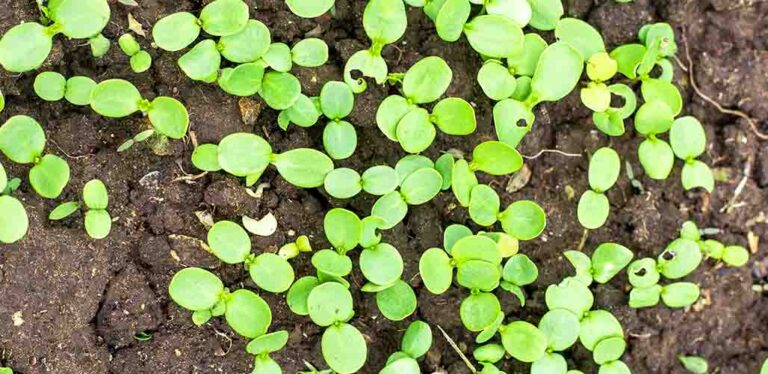
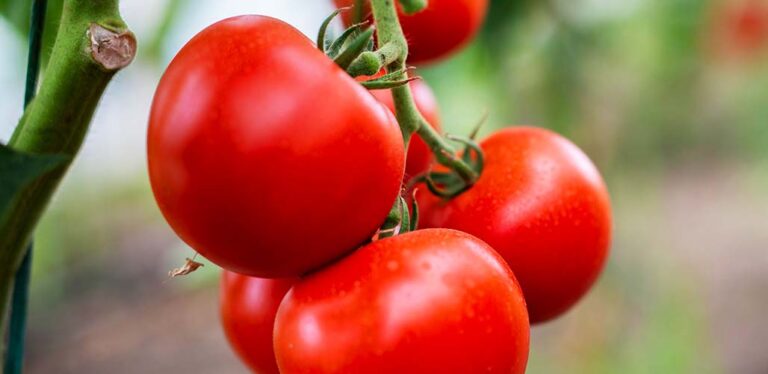
Don’t use horse or cow manure, since it could be contaminated with weed killer that will kill your garden.